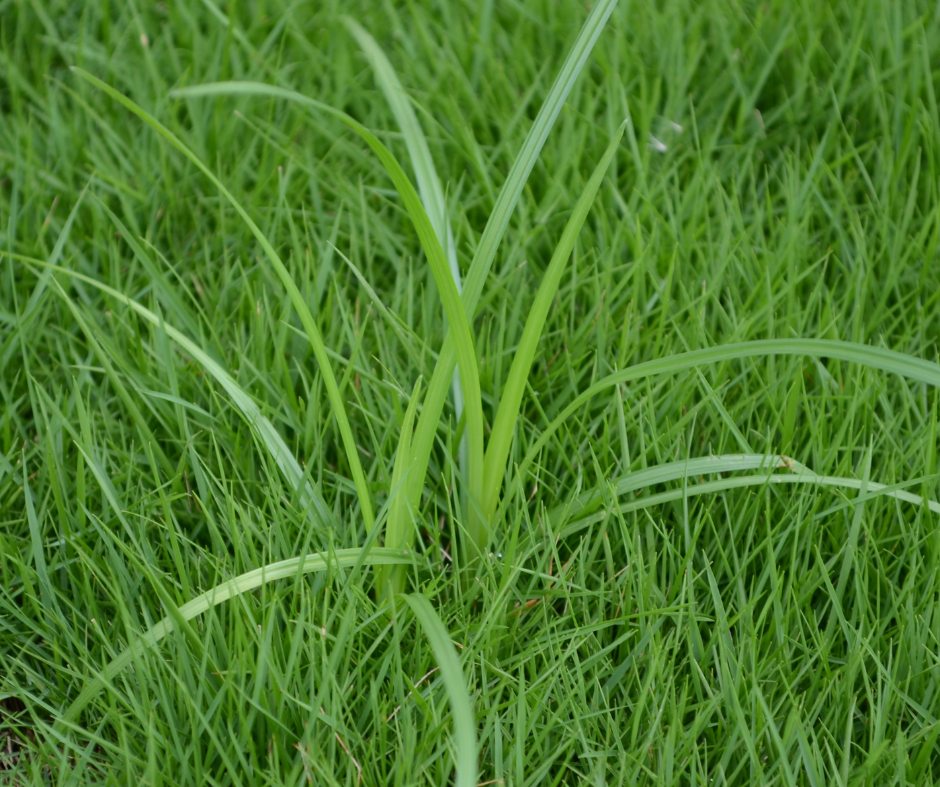
Understanding weeds will lead to your success managing your lawn. Types of weeds, lifecycle and habitat are all things that need to be known in order prevent weed outbreak. Finetuning that to identifying the difference between a broadleaved weed and grassy weed further updates your lawn IQ. So, lets delve into it! What is a Grassy Weed?
Monocotyledons are grassy weeds and are Rushes, Sedges and Grasses. They all have similar characteristics to each other but are not the same and eradication if needed should be handled differently.

Rushes
Rushes look like pointed spiked grass in a home lawn. They are native to infertile wet conditions so if you have some you may also have a soil water problem. The most commonly known rush is a Cattail. Rush stems are round and filled with a sponge like center. So, if you think you may have a rush plant, snap it two and check the center. Products like 2,4D chemically control rushes.
Sedges

The most unique thing about sedges is that they are really easy to identify because they have a triangular sharpish edged stem. Yup, nature is weird, a three-sided stem. They are very common in the southern states where warm soil persists, but they become a nuisance in the northern states in mid to late summer as an annual weed. Most sedge species have what looks like a nut at the base of their stem belowground. They are a very competitive weed and will thrive in a lawn environment where root structure is an issue.
Sedges are best controlled post emergently with chemical applications of products like tenacity, sulfentrazone, sedgehammer.
Grasses

Ok so the number one grassy weed in the world in my opinion is Crabgrass. It can turn a lawn upside down within a couple of weeks. Goosegrass, Dallasgrass and Poa Annua are some more grassy weeds that are a real eyesore and pain to control. Poa Annua seed for example, germinates in as little as 8 hours, that’s it! If you have an open patch in your lawn and a Poa seed somehow manages to get there, 8 hours late you could have a brand-new little devil plant! In comparison, if a bentgrass seed was in the same situation, it would take 10 to 14 days to germinate. Now you can see why keeping a dense sward of grass is so important. Grassy weed stems are usually hollow and are round or flat. They have folded leaf blades and can be ribbed. Poa Annua produces a seedhead throughout the year but there is a prolific seed rush in late spring in the northern states. Most grassy weeds are best controlled preventatively with preemergent like dimension.
© 2023 LaPageBrands, LLC. All rights reserved.

